22 March 1997 – 25 May 1997
Morris and Helen Belkin Art Gallery, Vancouver
New Art from Cuba: Utopian Territories
-
Juan Carlos Alom Jimenez
Artist -
Pedro Alvarez Castello
Artist -
Abel Barroso Arencibia
Artist -
Tania Bruguera Fernandez
Artist -
Los Carpinteros (Marco Antonio Castillo Valdes, Alexandre Jesus Arrechea Zambrano, Dagoberto Rodriguez Sanchez)
Artist -
Sandra Ceballos Obaya
Artist -
Carlos Garaicoa Manso
Artist -
Luis Gomez Armenteros
Artist -
Abigail Gonzalez
Artist -
Kcho (Alexis Leiva Machado
Artist -
Ibrahim Miranda
Artist -
Cirenaica Moreira
Artist -
Rene Pena Gonzalez
Artist -
Tonel (Antonio Eligio Fernandez)
Artist -
Osvalso Year Montero
Artist -
Manuel Pina Baldoquin
Artist -
Eduardo Ponjuan Gonzalez
Artist -
Rene Francisco Rodriguez
Artist -
Sandra Ramos Lorenzo
Artist -
Fernando Rodriguez Falcon
Artist -
Esterio Segura Mora
Artist -
Eugenio Valdés, Curator
Curator -
Juan Molina, Curator
Curator -
Scott Watson
CuratorScott Watson (Canadian, b. 1950) is Director Emeritus and Research Fellow at the Morris and Helen Belkin Art Gallery, University of British Columbia. A curator whose career has spanned more than thirty-five years, Watson is internationally recognized for his research and work in curatorial and exhibition studies, contemporary art and issues, and art theory and criticism. His distinctions include the Hnatyshyn Foundation Award for Curatorial Excellence in Contemporary Art (2010); the Alvin Balkind Award for Creative Curatorship in BC Arts (2008) and the UBC Dorothy Somerset Award for Performance Development in the Visual and Performing Arts (2005). Watson has published extensively in the areas of contemporary Canadian and international art. His 1990 monograph on Jack Shadbolt earned the Hubert Evans Non-Fiction Prize in 1991. Recent publications include Letters: Michael Morris and Concrete Poetry (2015); Thrown: British Columbia’s Apprentices of Bernard Leach and their Contemporaries (2011), a finalist for the 2012 Roderick Haig-Brown Regional Prize; “Race, Wilderness, Territory and the Origins of the Modern Canadian Landscape” and “Disfigured Nature” (in Beyond Wilderness, McGill University Press, 2007); and “Transmission Difficulties: Vancouver Painting in the 1960s” (in Paint, Vancouver Art Gallery, 2006).
Read More
-
Keith Wallace, Curator
Curator
The Morris and Helen Belkin Art Gallery, UBC, and the Contemporary Art Gallery have collaborated to produce an important group exhibition of contemporary Cuban art, New Art from Cuba: Utopian Territories. The exhibition will be staged at seven Vancouver venues. Besides the Belkin Art Gallery and the CAG, participating art galleries include: the Charles H. Scott Gallery at the Emily Carr Institute of Art and Design, ACCESS, OR Gallery, Artspeak Gallery and Western Front. There are 23 artists participating, 8 of whom are coming to Vancouver to supervise the installation of their work and to celebrate their openings on March 21-22, 1997.
Contemporary Cuban art is undergoing an extraordinary renaissance led by a young generation of artists mostly in their twenties (Cuba is a country with a much larger youth demographic than Canada or the USA). The artists comment on the richness and contradictions of Cuban life, as well as politics and culture, at a time when Cuba is at a crossroads in its history. The work is exuberant and often humorous.
The exhibition has been curated by Cuban curators Eugenio Valdés and Juan Molina, and Canadian curators Scott Watson and Keith Wallace. It is the result of two years of research and planning. Many Canadians now travel to Cuba’s beaches. This large multi-venue exhibition is an opportunity to see how Cubans see the situation in Cuba through the eyes of contemporary art.
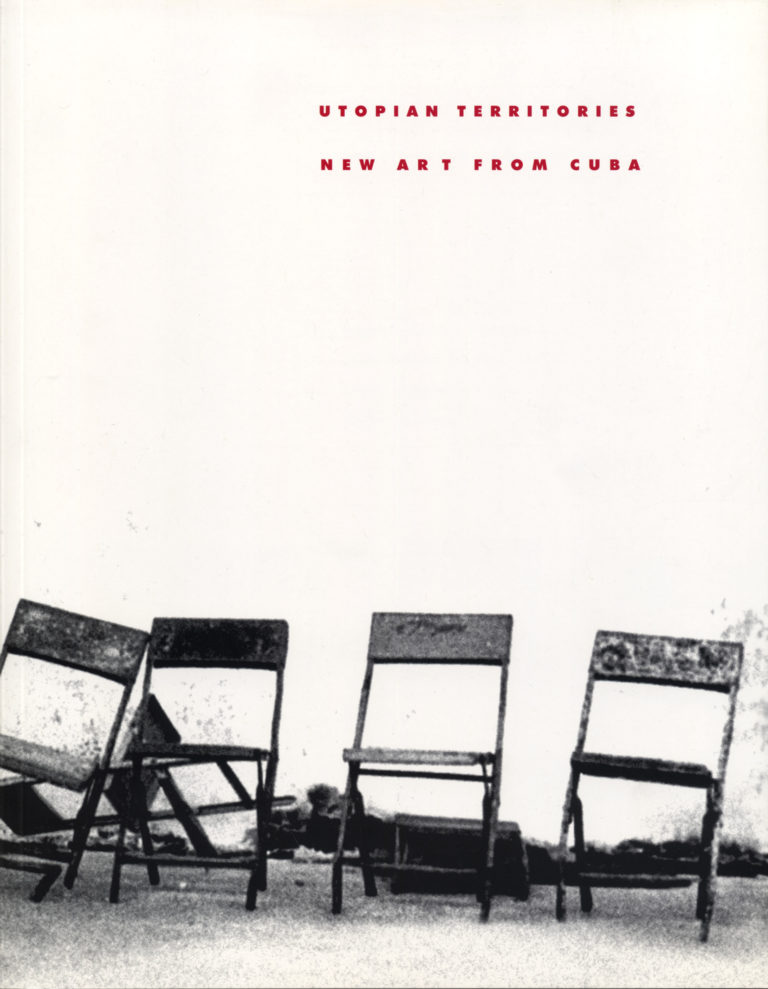
Utopian Territories: New Art from Cuba. Exhibition catalogue.
-
Juan Carlos Alom Jimenez
Artist -
Pedro Alvarez Castello
Artist -
Abel Barroso Arencibia
Artist -
Tania Bruguera Fernandez
Artist -
Los Carpinteros (Marco Antonio Castillo Valdes, Alexandre Jesus Arrechea Zambrano, Dagoberto Rodriguez Sanchez)
Artist -
Sandra Ceballos Obaya
Artist -
Carlos Garaicoa Manso
Artist -
Luis Gomez Armenteros
Artist -
Abigail Gonzalez
Artist -
Kcho (Alexis Leiva Machado
Artist -
Ibrahim Miranda
Artist -
Cirenaica Moreira
Artist -
Rene Pena Gonzalez
Artist -
Tonel (Antonio Eligio Fernandez)
Artist -
Osvalso Year Montero
Artist -
Manuel Pina Baldoquin
Artist -
Eduardo Ponjuan Gonzalez
Artist -
Rene Francisco Rodriguez
Artist -
Sandra Ramos Lorenzo
Artist -
Fernando Rodriguez Falcon
Artist -
Esterio Segura Mora
Artist -
Eugenio Valdés, Curator
Curator -
Juan Molina, Curator
Curator -
Scott Watson
CuratorScott Watson (Canadian, b. 1950) is Director Emeritus and Research Fellow at the Morris and Helen Belkin Art Gallery, University of British Columbia. A curator whose career has spanned more than thirty-five years, Watson is internationally recognized for his research and work in curatorial and exhibition studies, contemporary art and issues, and art theory and criticism. His distinctions include the Hnatyshyn Foundation Award for Curatorial Excellence in Contemporary Art (2010); the Alvin Balkind Award for Creative Curatorship in BC Arts (2008) and the UBC Dorothy Somerset Award for Performance Development in the Visual and Performing Arts (2005). Watson has published extensively in the areas of contemporary Canadian and international art. His 1990 monograph on Jack Shadbolt earned the Hubert Evans Non-Fiction Prize in 1991. Recent publications include Letters: Michael Morris and Concrete Poetry (2015); Thrown: British Columbia’s Apprentices of Bernard Leach and their Contemporaries (2011), a finalist for the 2012 Roderick Haig-Brown Regional Prize; “Race, Wilderness, Territory and the Origins of the Modern Canadian Landscape” and “Disfigured Nature” (in Beyond Wilderness, McGill University Press, 2007); and “Transmission Difficulties: Vancouver Painting in the 1960s” (in Paint, Vancouver Art Gallery, 2006).
Read More
-
Keith Wallace, Curator
Curator
Related
-
Publication
1997
Utopian Territories: New Art from Cuba
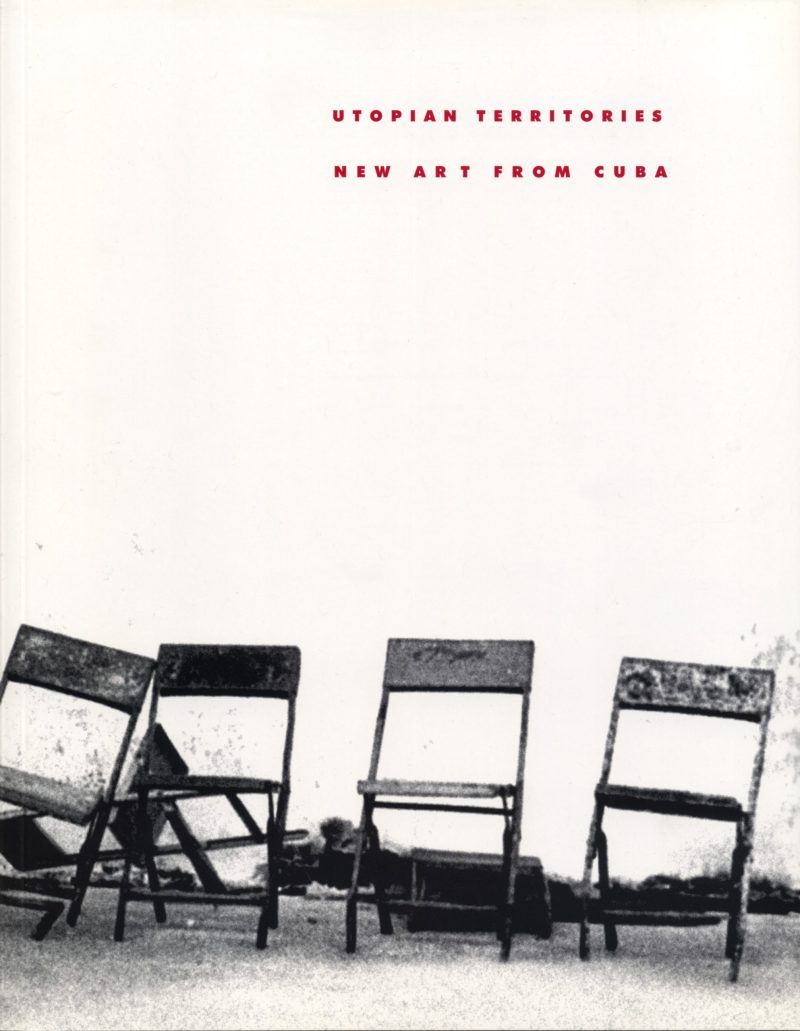 Exhibition catalogue from Utopian Territories: New Art from Cuba at the Belkin (22 March—25 May 1997) with texts by Scott Watson, Juan Antonio Molina, Eugenio Valdés Figueroa and Keith Wallace. [more information and purchase]
Exhibition catalogue from Utopian Territories: New Art from Cuba at the Belkin (22 March—25 May 1997) with texts by Scott Watson, Juan Antonio Molina, Eugenio Valdés Figueroa and Keith Wallace. [more information and purchase] -
Publication
2014
The Spaces Between: Contemporary Art from Havana
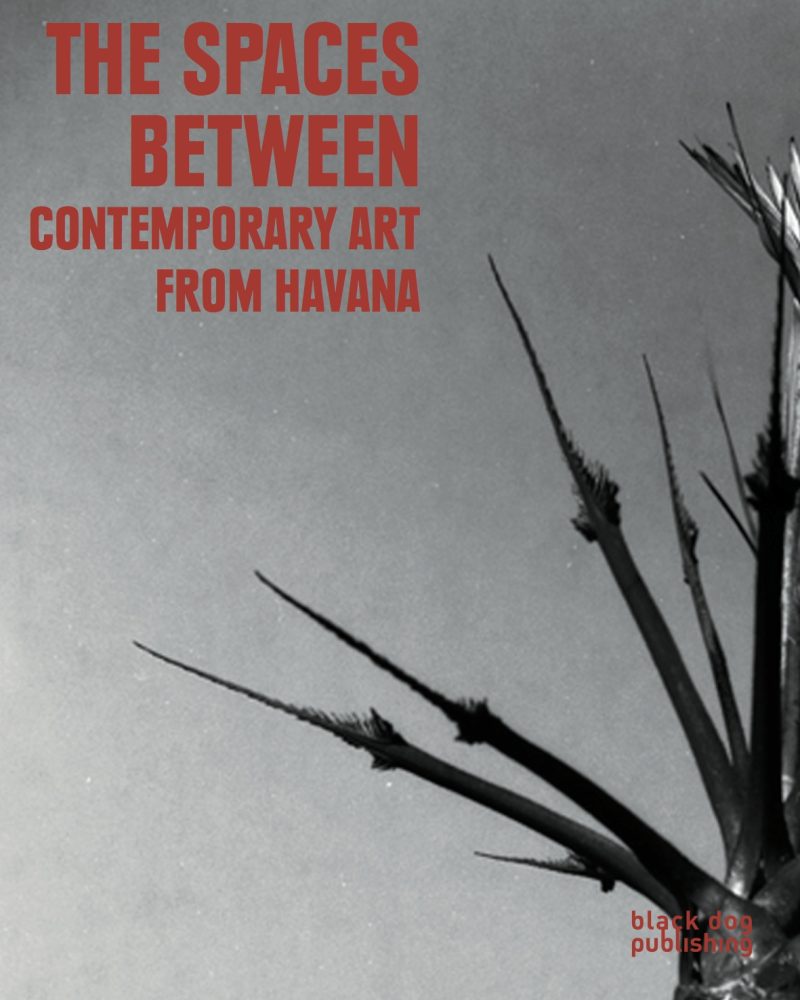 Exhibition catalogue from The Spaces Between: Contemporary Art from Havana at the Belkin (10 January-13 April 2014) with essay by Cecilia Andersson, Antonio Eligio (Tonel) and Keith Wallace. [more information and purchase]
Exhibition catalogue from The Spaces Between: Contemporary Art from Havana at the Belkin (10 January-13 April 2014) with essay by Cecilia Andersson, Antonio Eligio (Tonel) and Keith Wallace. [more information and purchase] -
Publication
2000
Tonel: Lessons of Solitude
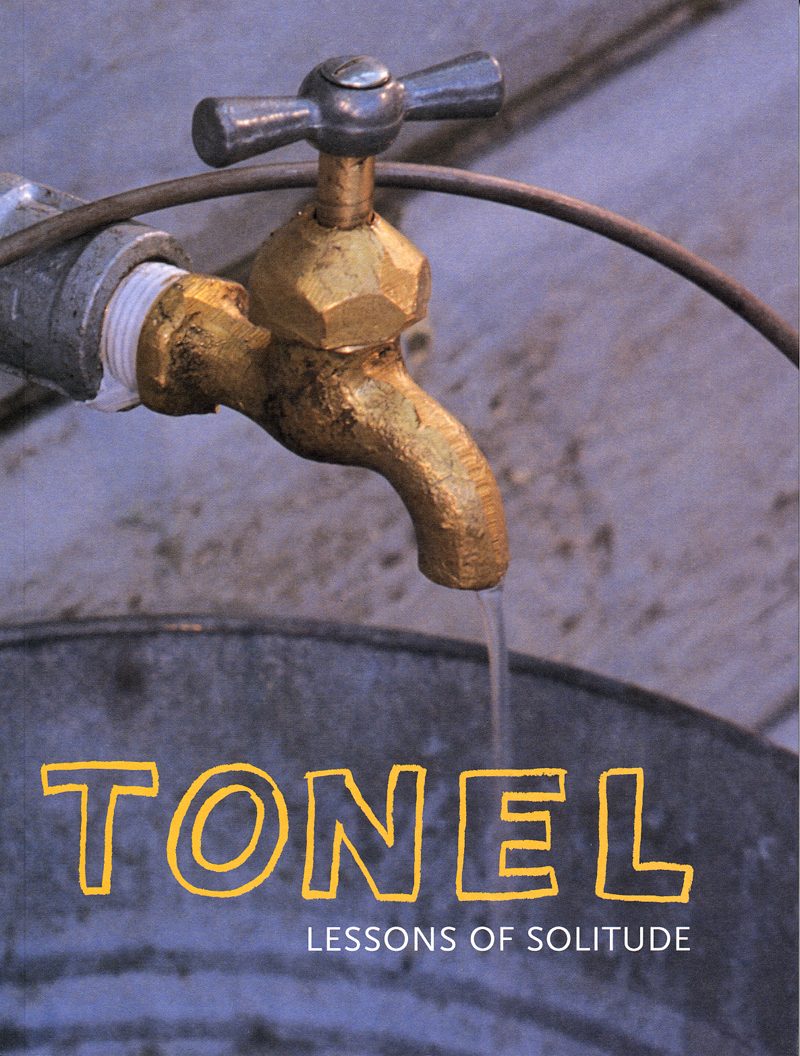 Exhibition catalogue from the exhibition Tonel: Lessons of Solitude at the Belkin (7 April—4 June 2000) with texts by Dannys Montes de Oca Moreda, Eugenio Valdés Figueroa Tonel, David Mateo and Orlando Hernández. [more information and purchase]
Exhibition catalogue from the exhibition Tonel: Lessons of Solitude at the Belkin (7 April—4 June 2000) with texts by Dannys Montes de Oca Moreda, Eugenio Valdés Figueroa Tonel, David Mateo and Orlando Hernández. [more information and purchase] -
Exhibition
7 April 2000 – 4 June 2000
Tonel: Lessons of Solitude
Cuban artist Tonel carries the Cuban tradition of satirical illustration into an ongoing interrogation of the condition of the individual in contemporary Cuba, started by the American blockade and called to account by the revolution (now in its 41st year). Tonel has been active in the Havana art world since 1981, when he participated in the artist-organised exhibition, Volumen I. He was trained as a commercial illustrator (as were many of the Group of Seven, Andy Warhol and Ray Johnson), but in a communist country when illustration was directed toward popular images of political events, literature & film. For the Belkin Art Gallery, he is mounting an installation referring to the food crisis of the Special Period (1989-) in addition to drawings and sculpture, many of them self-portraits. Cuban curator Eugenio Valdes has chosen drawings that foreground the theme of a vexed and anxious, masculine self-image. The exhibition catalogue includes writings by Tonel. The exhibition will tour to the Wifredo Lam Centre, Havana, Cuba in January 2001. Curated by Scott Watson and Eugenio Valdés.
[more] -
Exhibition
10 January 2014 – 13 April 2014
The Spaces Between: Contemporary Art from Havana
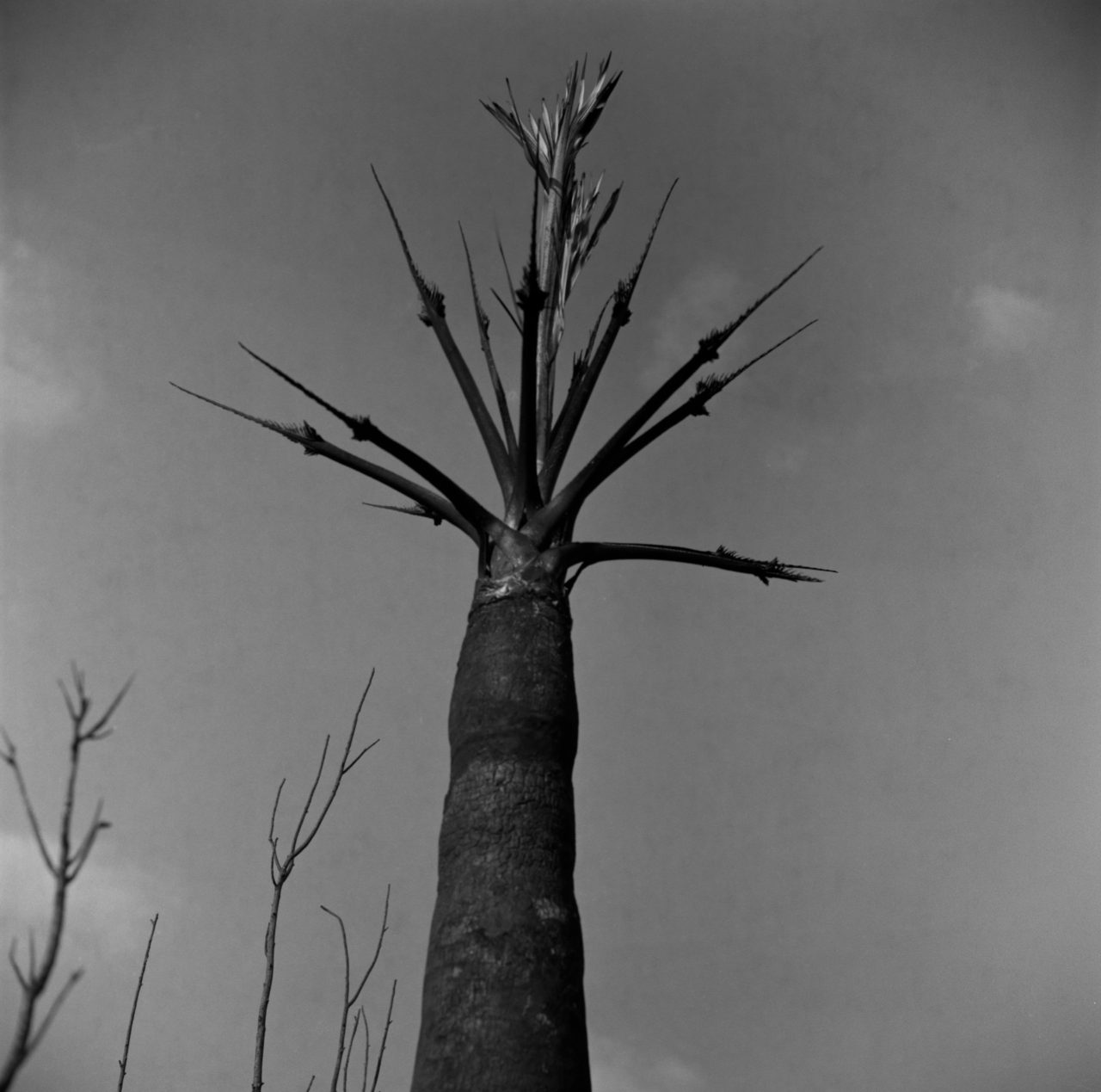
The Belkin Art Gallery is pleased to present The Spaces Between: Contemporary Art from Havana from January 10 to April 13, 2014. Conceived by Cuban artist and critic, Antonio Eligio (Tonel) and Associate Director/Curator of the Morris and Helen Belkin Art Gallery, Keith Wallace, this exhibition focuses on the social spaces and shared sensibilities of this dynamic city, as opposed to an attempt to survey an entire nation’s artistic output. The Spaces Between explores contemporary Havana from artistic, cultural, sociological, and anthropological perspectives within a new social and economic reality that has made itself evident in Cuba in recent years. While most works seem to convey a disinterest in the political, it does take form in the imagination of the viewer, an artistic strategy that emphasizes how important the spectator has become in the making of meaning in visual art. Hence the title of the exhibition— The Spaces Between —that is, the spaces between the artwork and its reception, between the said and the unsaid, and between the past and the future. This exhibition will provide an update on Utopian Territories: New Art From Cuba that showed at the Belkin and other Vancouver galleries in 1997, and will feature works by Juan Carlos Alom, Javier Castro, Sandra Ceballos Obaya, Celia-Yunior, Ricardo G. Elías, Luis Gárciga Romay, Luis Gómez Armenteros, Jesús Hdez-Güero, Ernesto Leal, Glenda León, Eduardo Ponjuán González, Grethell Rasúa, Lázaro Saavedra González and Jorge Wellesley.
[more]